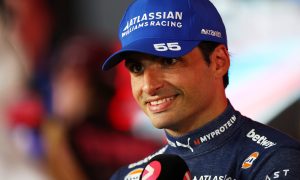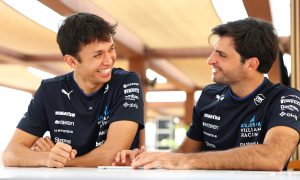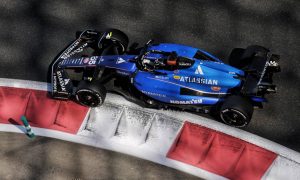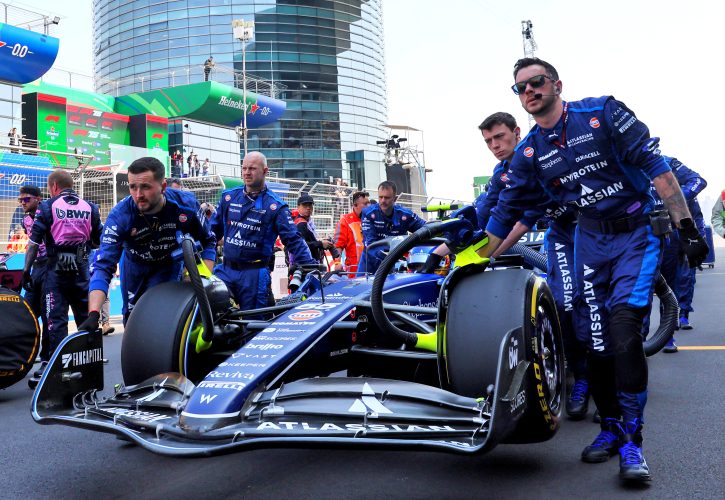
Williams team boss James Vowles has firmly dismissed speculation that Carlos Sainz is competing with an inferior chassis compared to his teammate, Alex Albon.
Sainz, a marquee signing for Williams, has struggled to find his footing in the FW47, sparking speculation in the Spanish media that he’s been saddled with an inferior, crash-damaged 2024 chassis while Albon enjoys a shiny new 2025-spec machine.
The rumors were fueled in part by Sainz’s own comments in which the former Ferrari driver expressed confusion over his fluctuating performance in Shanghai, describing his struggles as “one of the strangest swings of performance I have had in my career.”
But Vowles has stepped in to quash the innuendo, delivering a firm rebuttal in his latest Vowles’ Verdict that leaves no room for doubt: both drivers are on equal footing.
Vowles Shuts Down the Speculation
Addressing the chatter head-on, Vowles was unequivocal.
“So a clear statement on this one, both Alex and Carlos are using exactly the same equipment, the same chassis, the same front wings, the same gearboxes,” he declared.
“Everything is of the same specification and standard.”
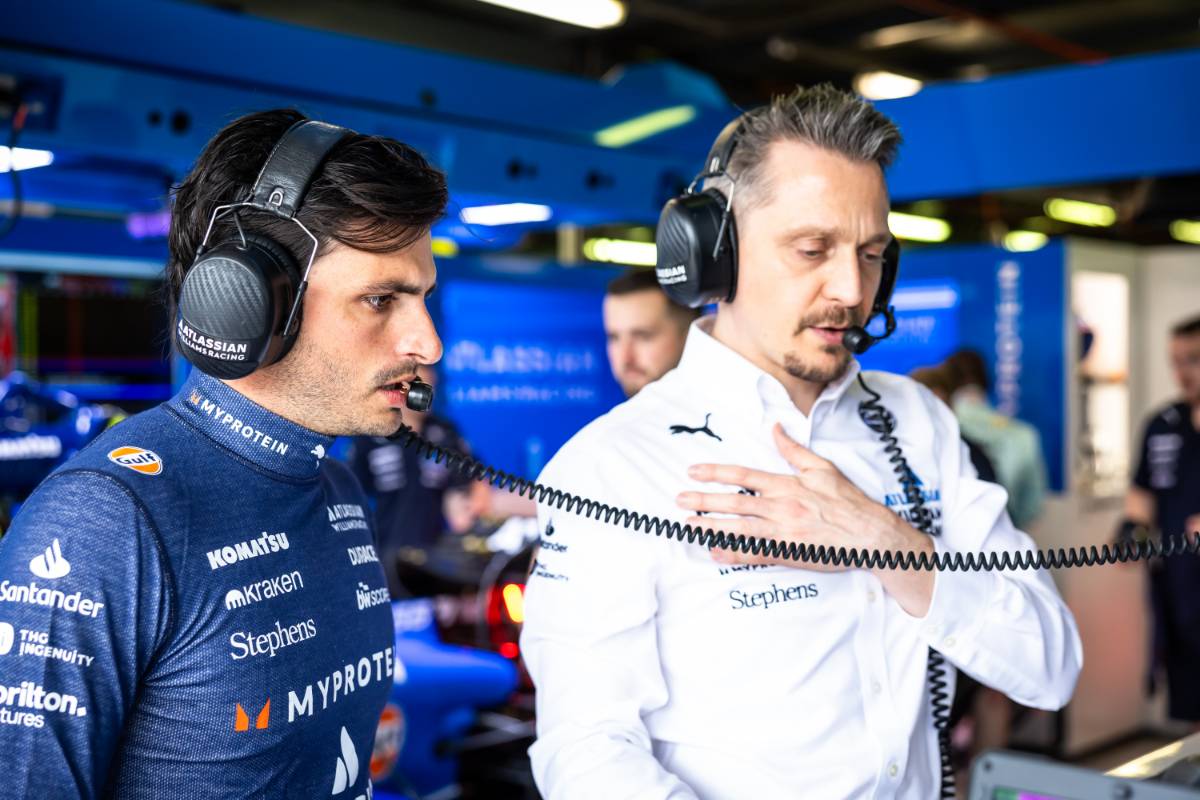
The notion that Sainz is running a hand-me-down chassis while Albon benefits from a bespoke 2025 design? Pure fiction, according to the team boss.
“More specifically, the question was are we running a ‘24 chassis with Carlos,” Vowles noted, before dismantling the claim entirely: “Both drivers are running an evolution of last year’s chassis, so it’s evolved exactly the same way.”
This wasn’t a haphazard choice, but a deliberate strategy.
“We always intended to go through the last year of the regulations making sure that we are effectively evolving our chassis rather than redesign it from scratch,” Vowles explained.
“That’s really important because it allows us to put our eggs in an investment basket of 2026 and beyond, and it’s not a financial question, it’s time resource,” he said.
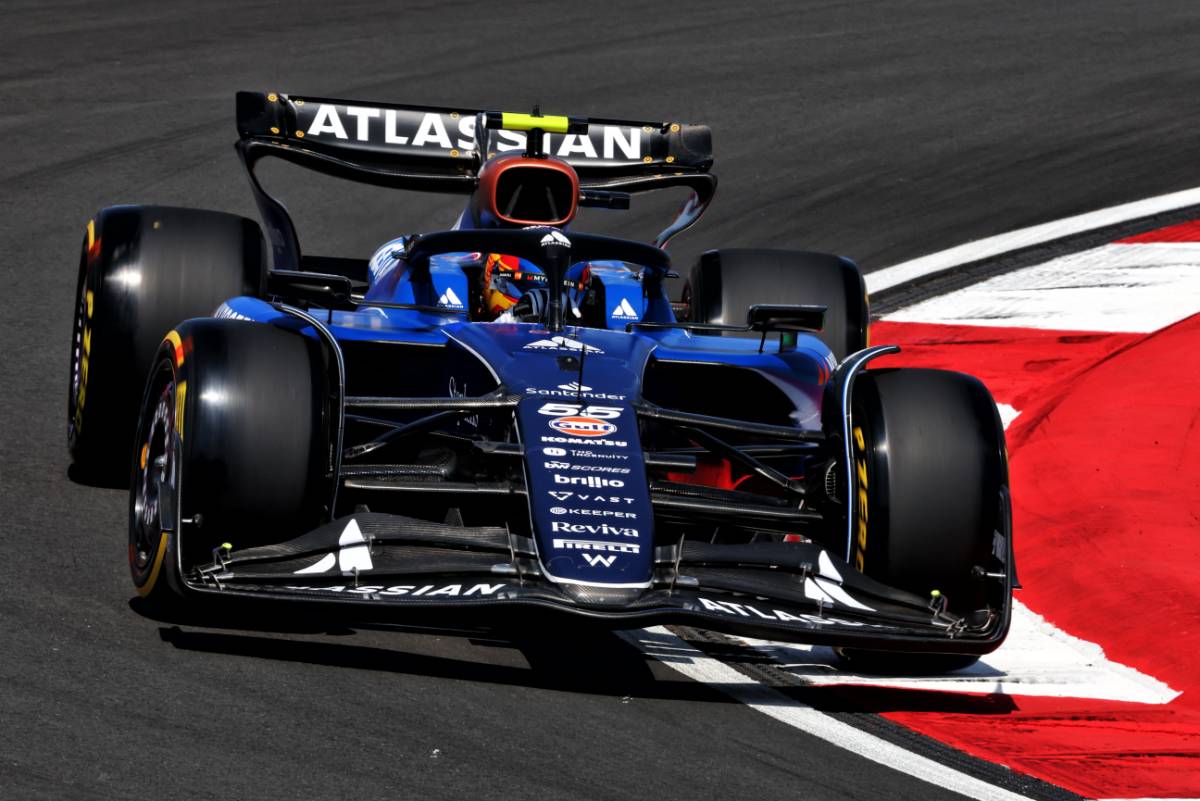
With the cost cap leveling the playing field, prioritizing future gains over a complete 2025 overhaul makes sense.
“We are all up against the cost cap but it allows us to reoptimize and make sure that we’re getting everything for 26 we can out of it,” he added.
A Calculated Evolution Paying Off
Vowles sees untapped potential in this approach – and early results back him up.
“We knew there was quite a bit of potential within the chassis, as a result of that, you can see we’ve moved up the field and I think there’s more performance to come from the package we have at the moment,” he said.
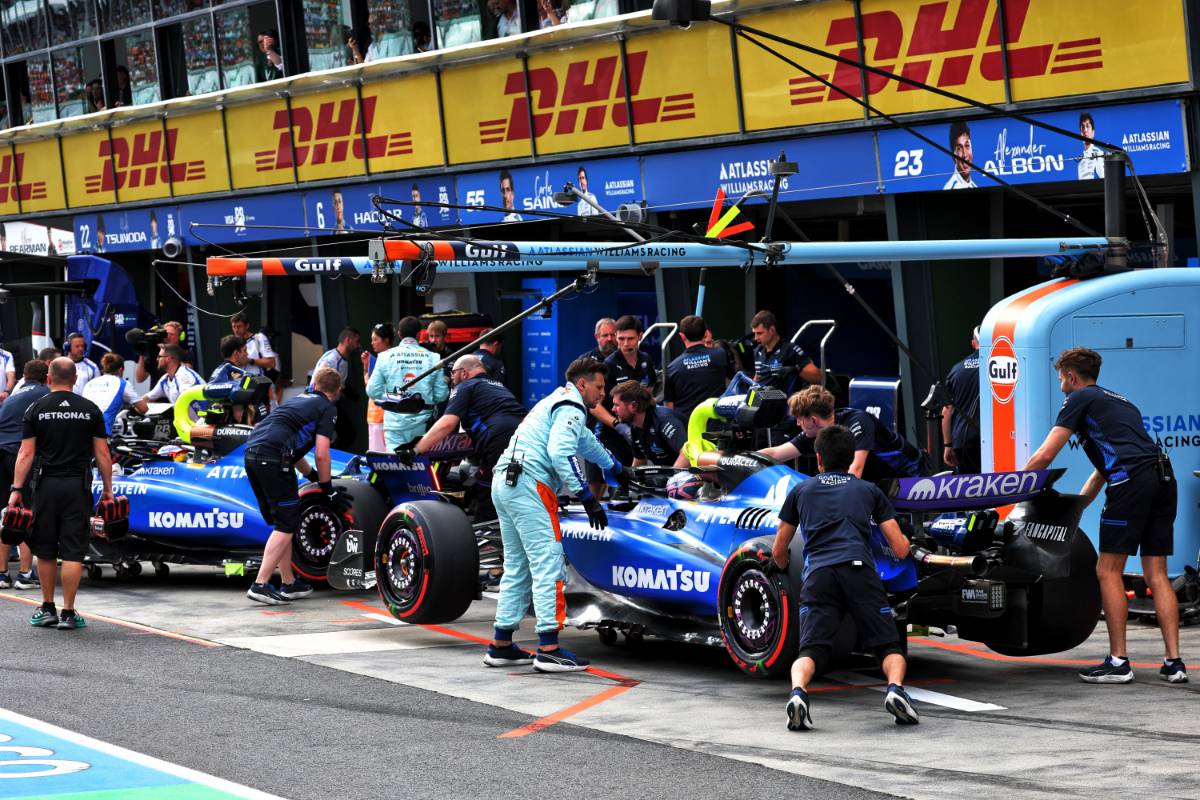
Williams’ leap from midfield obscurity to scoring 17 points in two races – a haul Albon has largely driven – suggests the evolved chassis is no handicap. Nor is Williams alone in this tactic.
“I’d also add that I think a number of teams on the grid have done something quite similar to what we’ve done,” Vowles revealed. “Not all, but most would have done.”
“So answering the question very specifically, both drivers are using exactly the same thing, so the evolution of the ‘24 chassis,” he concluded.
Sainz’s struggles, then, aren’t a matter of hardware but adaptation – a puzzle for the Spaniard and his engineers to solve.
For Vowles, the focus remains forward-looking: extract every ounce of performance from the FW47 now, while building a foundation for 2026.
As Albon thrives and Sainz searches for pace, Williams’ equal-opportunity chassis policy stands firm – no favoritism, just facts.
Keep up to date with all the F1 news via X and Facebook





